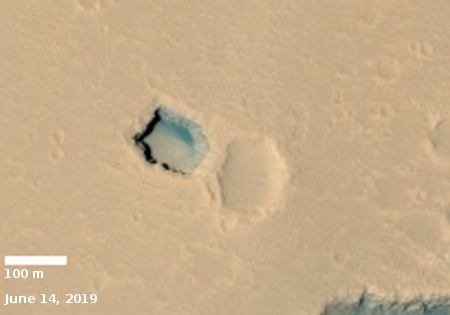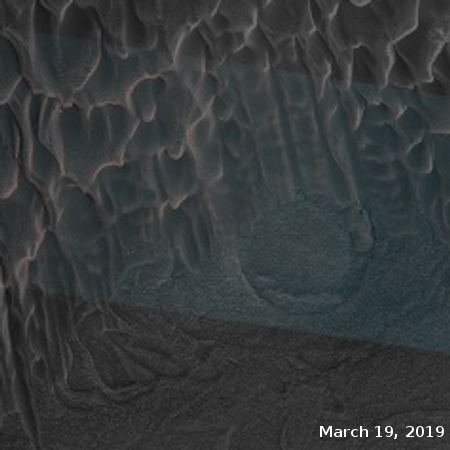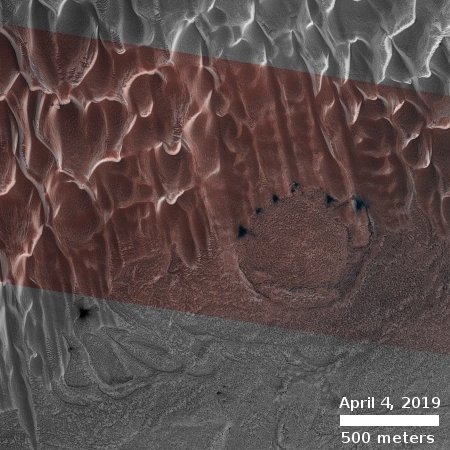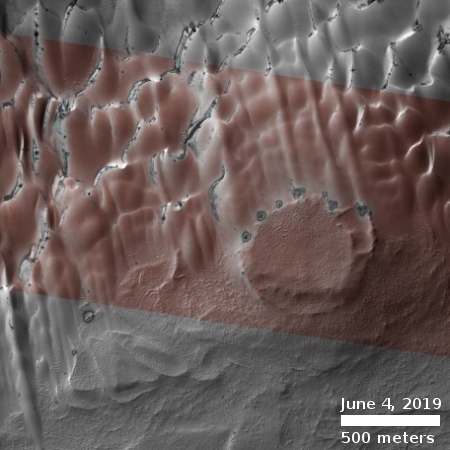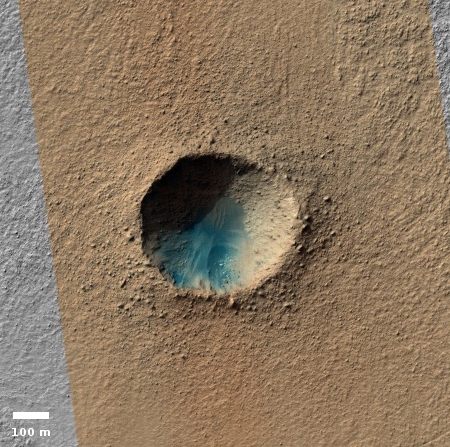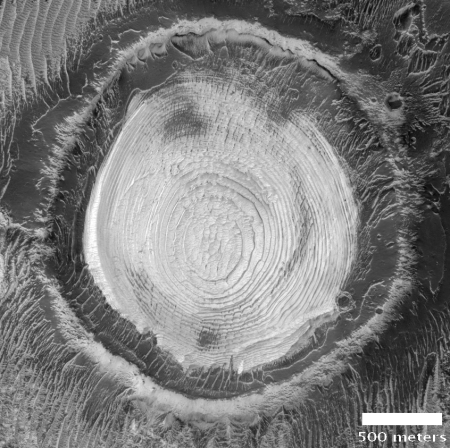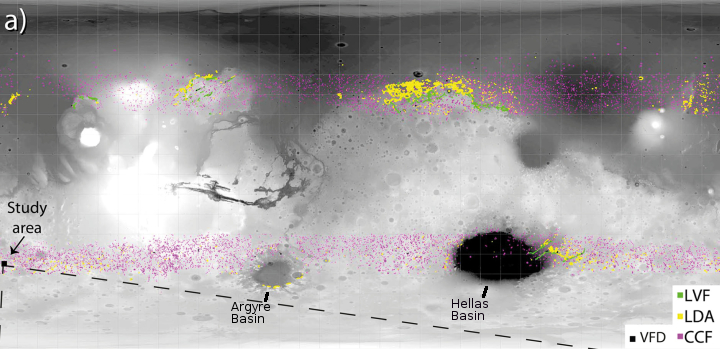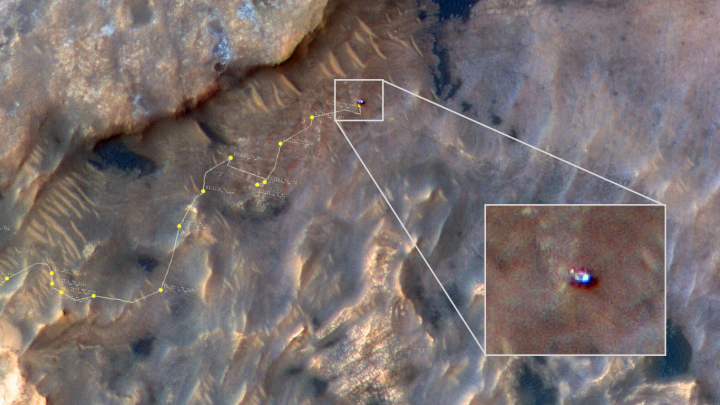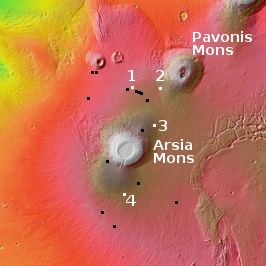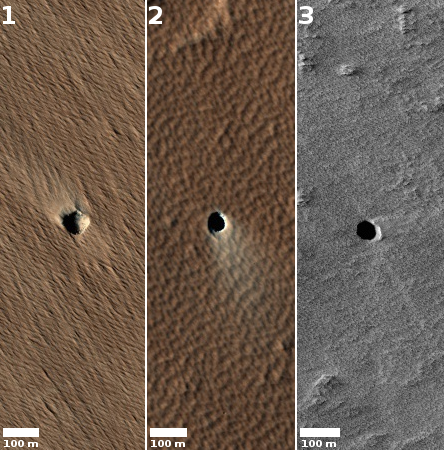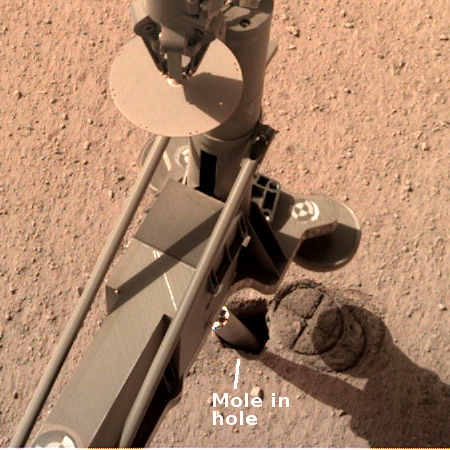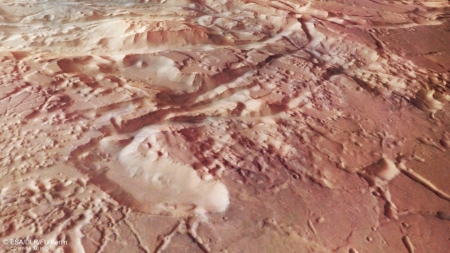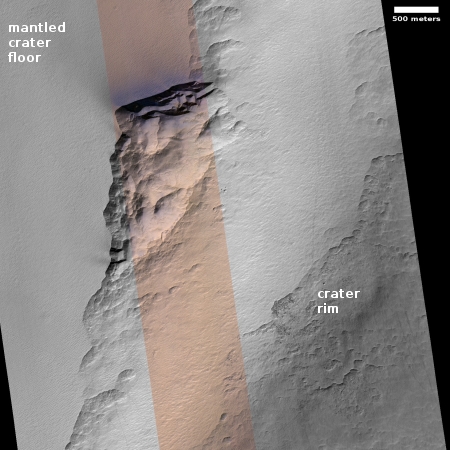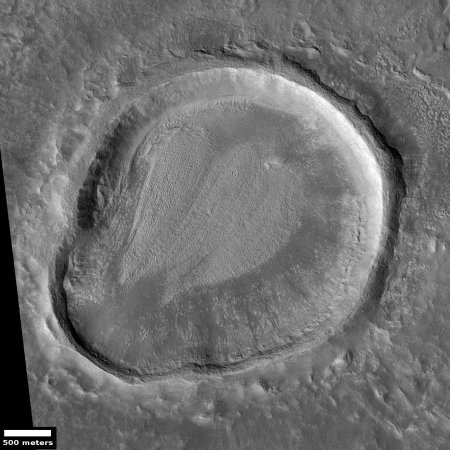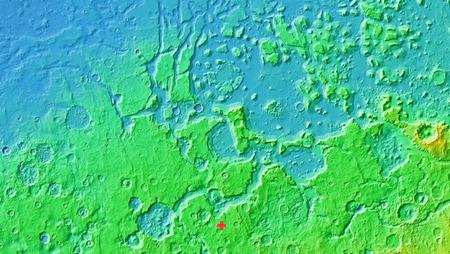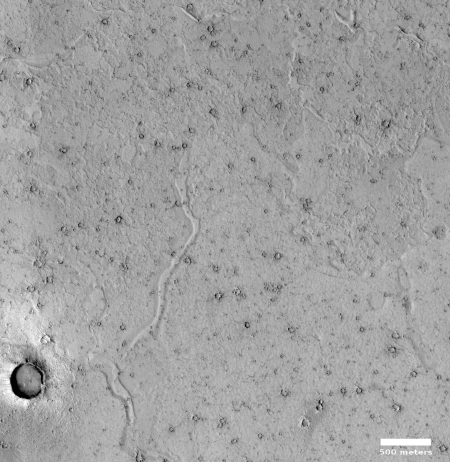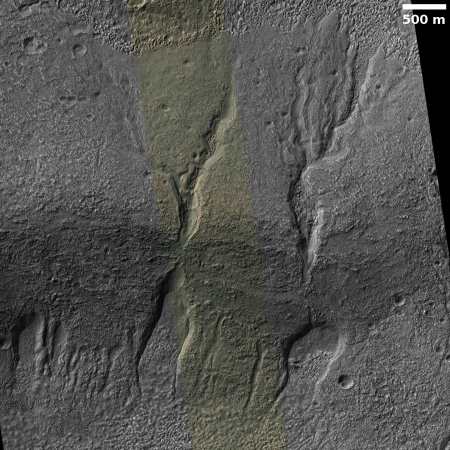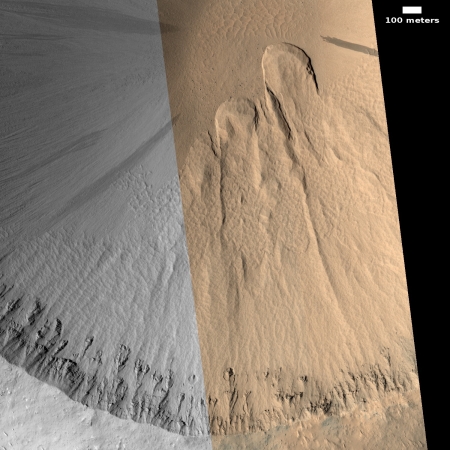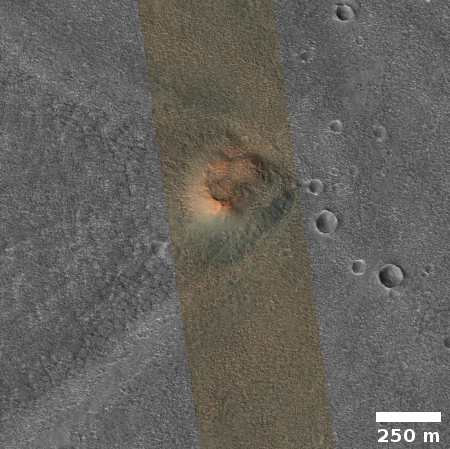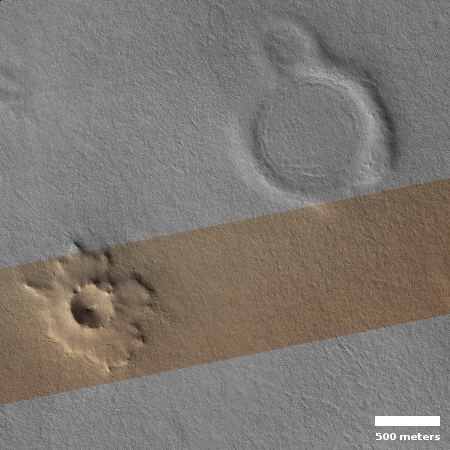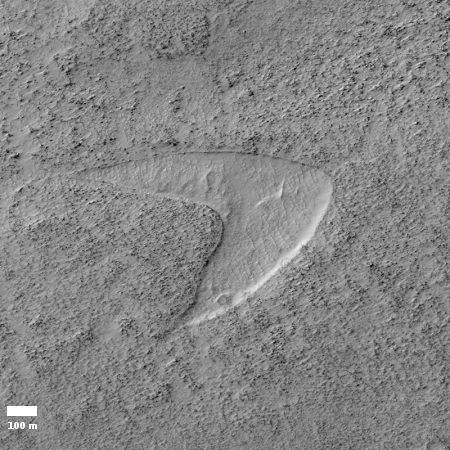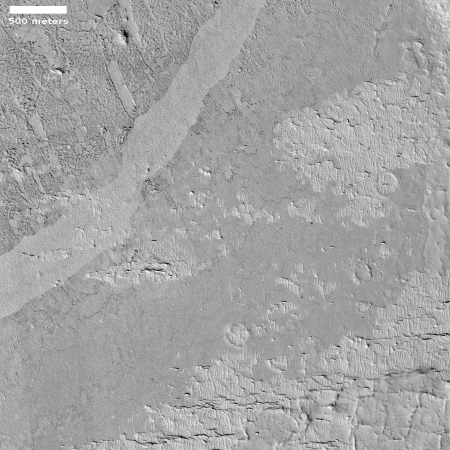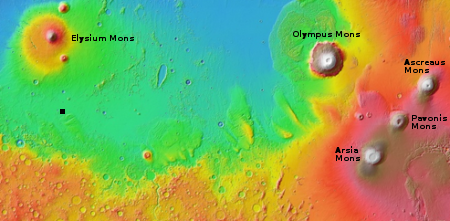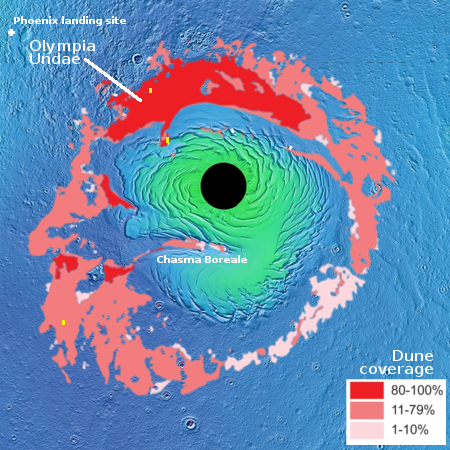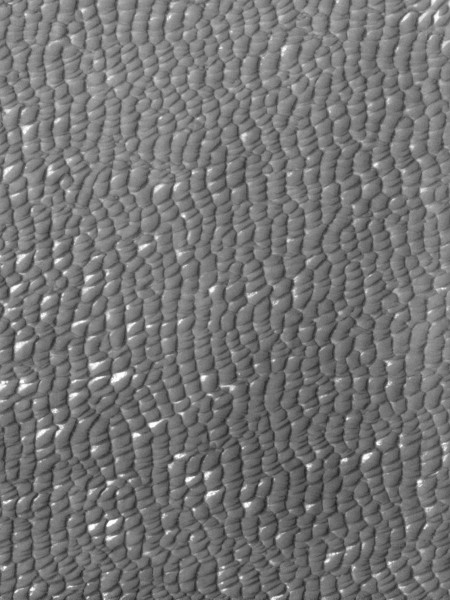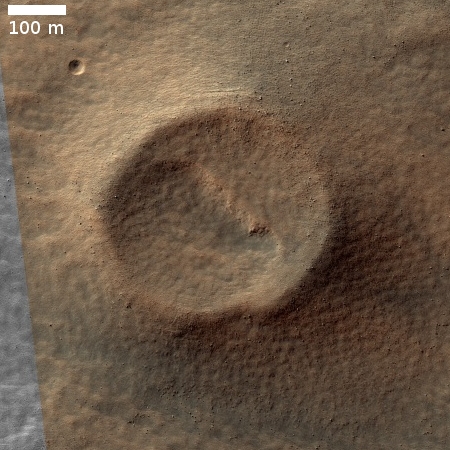ESA confirms ExoMars parachute test failure
You heard it hear first! The European Space Agency (ESA) today confirmed earlier stories from last week that the parachutes for its ExoMars 2020 spacecraft had failed during a high altitude drop test on August 5.
I reported this on Saturday, August 10, noting that ESA had not confirmed it. It apparently took them a week to write the press release.
This was the second consecutive test failure for these parachutes, as noted in the release.
On 28 May this year, the deployment sequence of all four parachutes was tested for the first time from a height of 29 km – released from a stratospheric helium balloon. While the deployment mechanisms activated correctly, and the overall sequence was completed, both main parachute canopies suffered damage.
Following hardware inspection, adaptations were implemented to the design of the parachutes and bags ready for the next high-altitude test, which was conducted on 5 August, this time just focusing on the larger, 35 m diameter, parachute.
Preliminary assessment shows that the initial steps were completed correctly, however damages to the canopy were observed prior to inflation, similar to the previous test. As a result, the test module descended under the drag of the pilot chute alone.
The tests occur at high altitude where the Earth’s atmosphere mimics the thin atmosphere of Mars. In both cases it appears the parachutes became damaged very early in their deployment process, possibly during deployment. This means there might be a design problem with the deployment process. It also means that both tests were unable to test the chutes themselves, as they were damaged before inflation, meaning that the engineers still do not know if they would work as intended once filled with air.
All this puts incredible time pressure on the mission, which needs to launch in the summer of 2020 to meet its launch window. There is very little time to redesign and retest these chutes. I would rate their chances of meeting that launch date as less than 50-50.
You heard it hear first! The European Space Agency (ESA) today confirmed earlier stories from last week that the parachutes for its ExoMars 2020 spacecraft had failed during a high altitude drop test on August 5.
I reported this on Saturday, August 10, noting that ESA had not confirmed it. It apparently took them a week to write the press release.
This was the second consecutive test failure for these parachutes, as noted in the release.
On 28 May this year, the deployment sequence of all four parachutes was tested for the first time from a height of 29 km – released from a stratospheric helium balloon. While the deployment mechanisms activated correctly, and the overall sequence was completed, both main parachute canopies suffered damage.
Following hardware inspection, adaptations were implemented to the design of the parachutes and bags ready for the next high-altitude test, which was conducted on 5 August, this time just focusing on the larger, 35 m diameter, parachute.
Preliminary assessment shows that the initial steps were completed correctly, however damages to the canopy were observed prior to inflation, similar to the previous test. As a result, the test module descended under the drag of the pilot chute alone.
The tests occur at high altitude where the Earth’s atmosphere mimics the thin atmosphere of Mars. In both cases it appears the parachutes became damaged very early in their deployment process, possibly during deployment. This means there might be a design problem with the deployment process. It also means that both tests were unable to test the chutes themselves, as they were damaged before inflation, meaning that the engineers still do not know if they would work as intended once filled with air.
All this puts incredible time pressure on the mission, which needs to launch in the summer of 2020 to meet its launch window. There is very little time to redesign and retest these chutes. I would rate their chances of meeting that launch date as less than 50-50.

